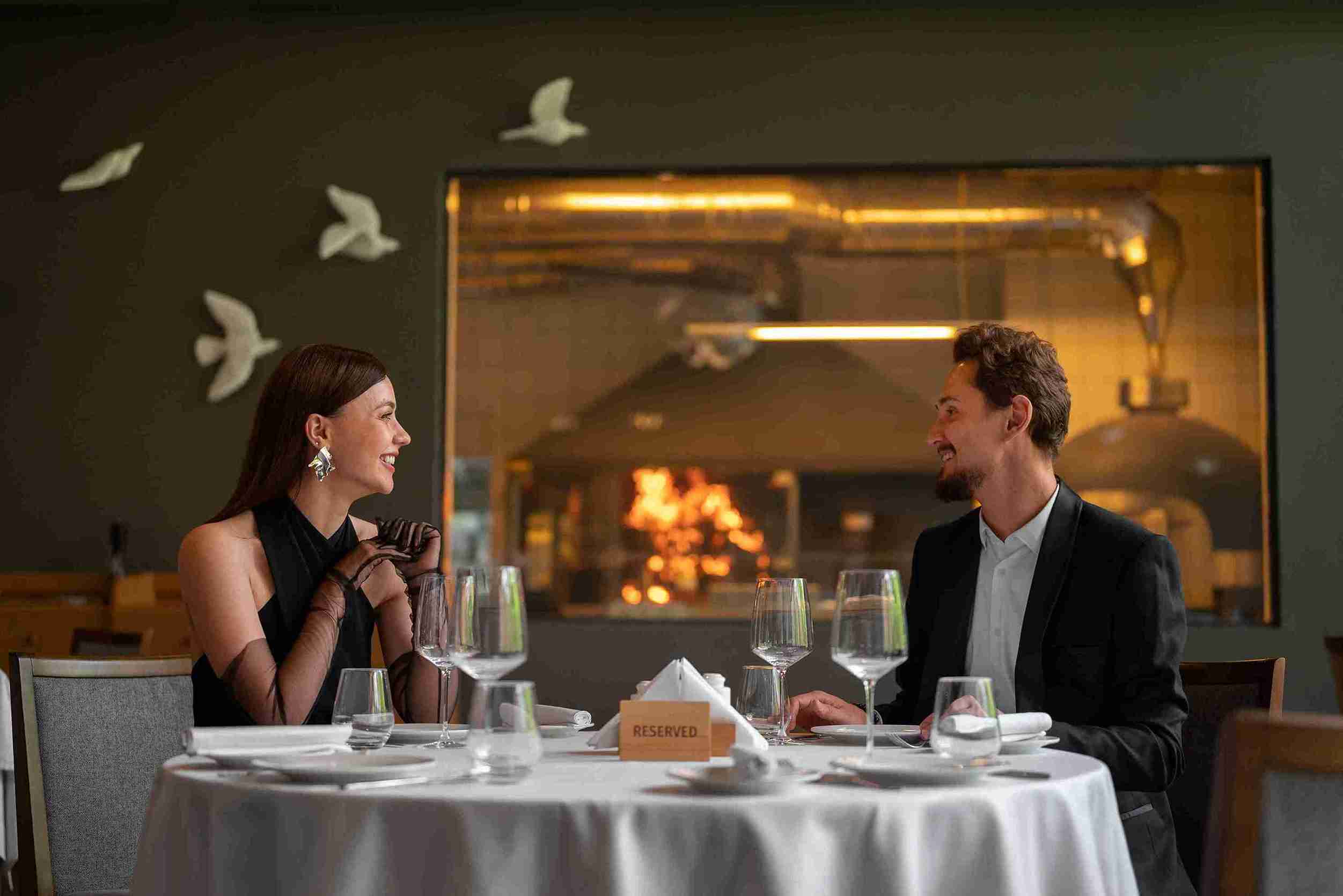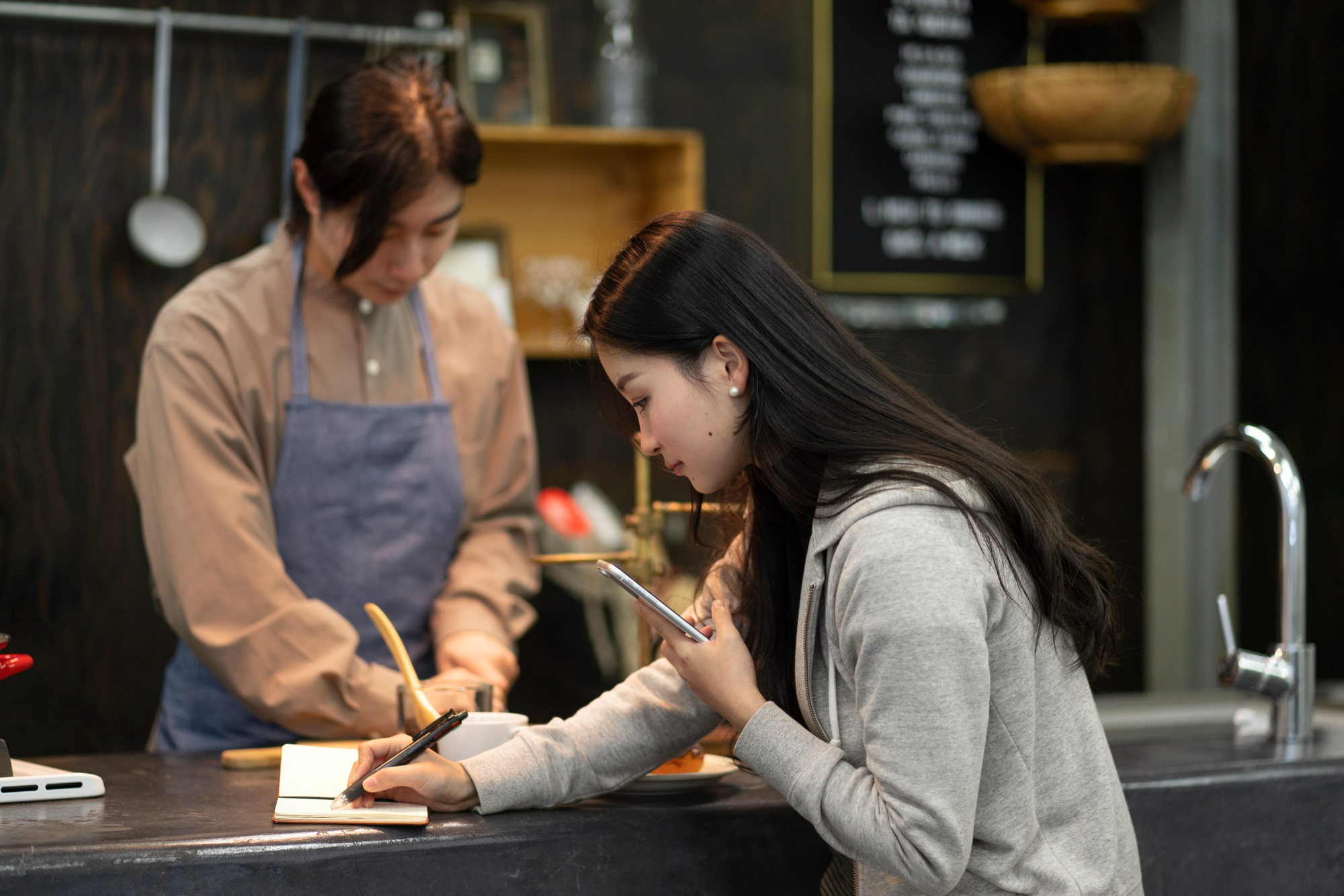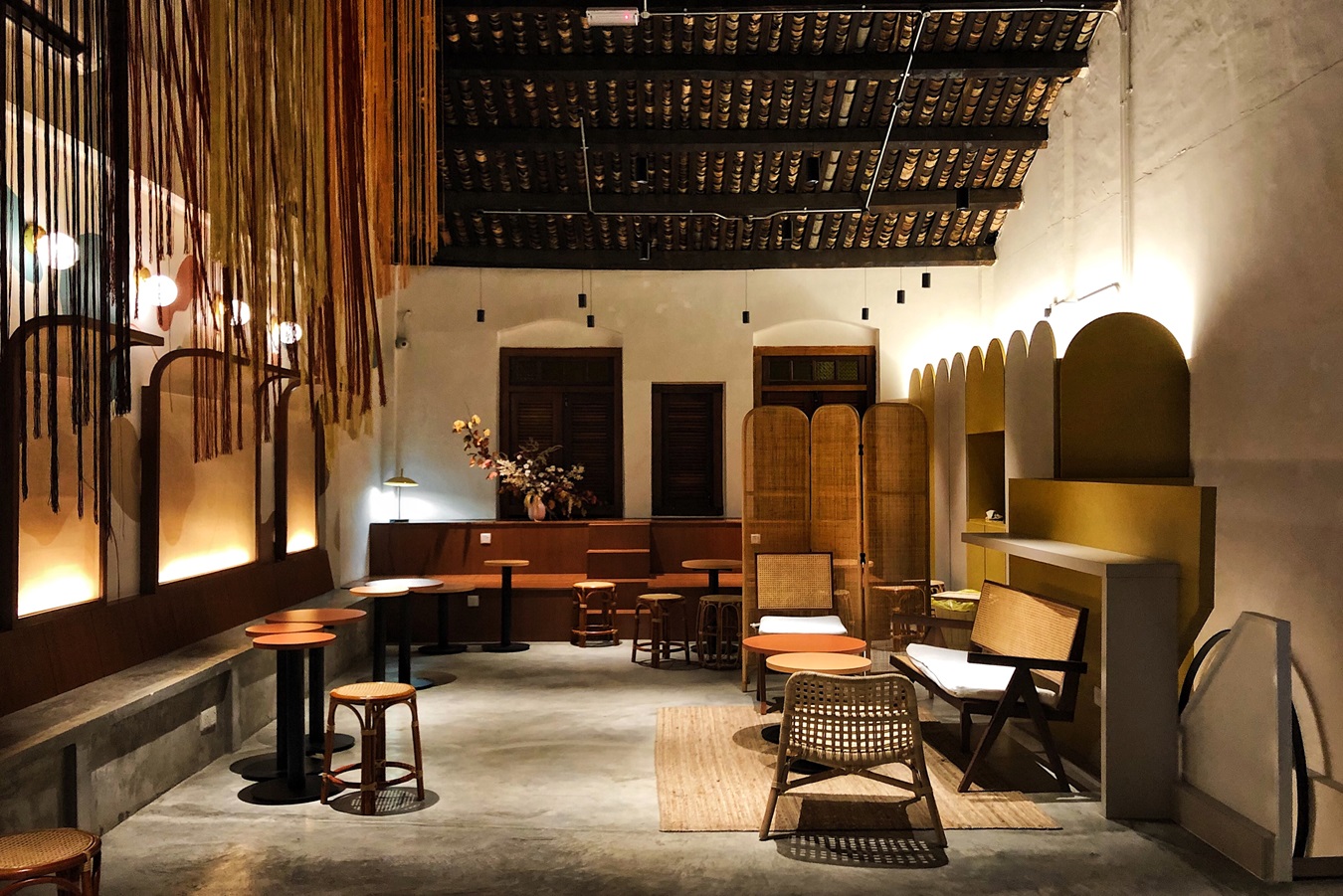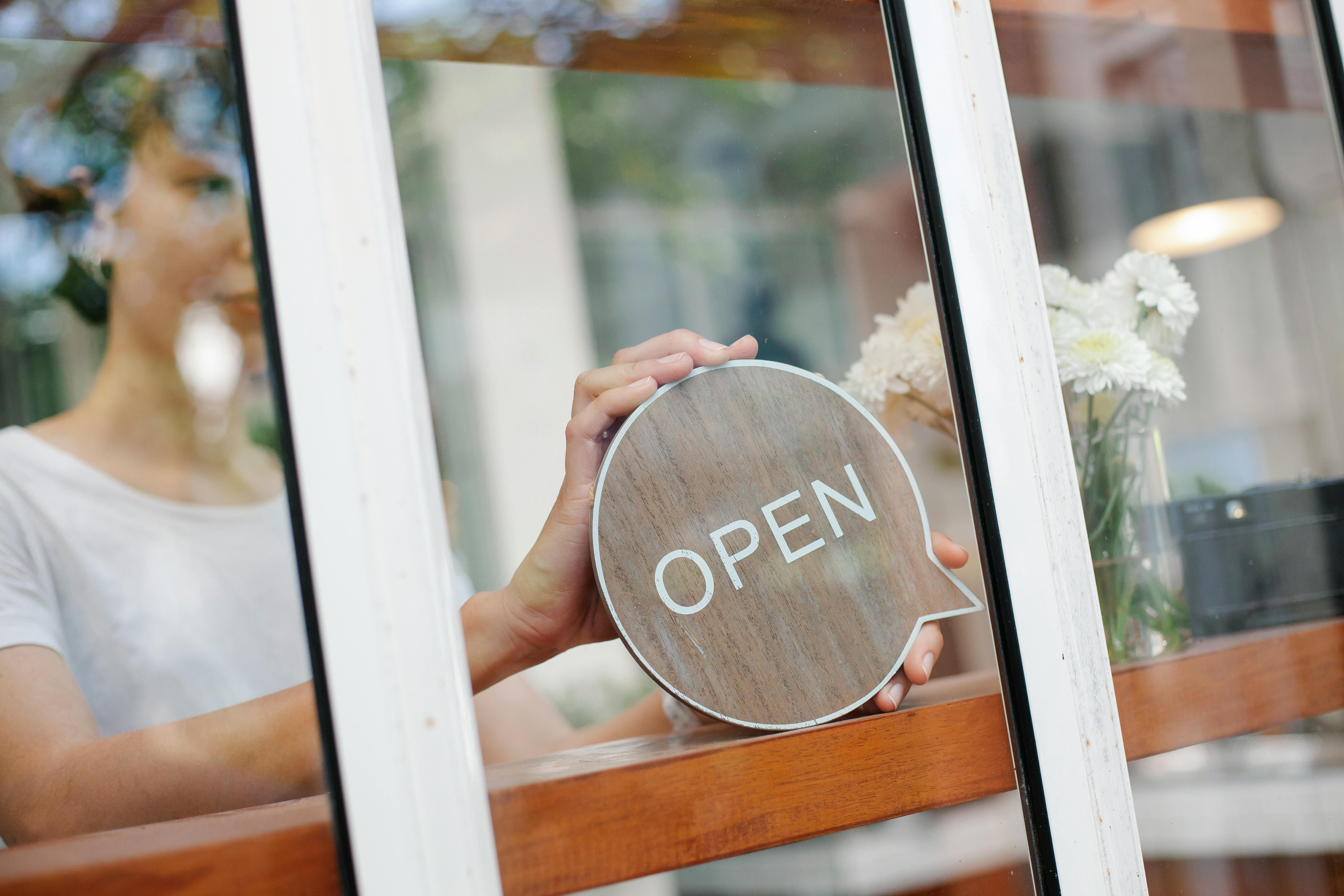 SHARE
SHARE
Check Out the Full Meaning of Fine Dining: The Menu and Its Differences from Casual Dining
Sovia
For some people, dining at a fine dining restaurant can be a special experience that leaves a lasting impression.
However, a common question often arises: what exactly does fine dining mean? Is it just about expensive prices, or is there a deeper value behind it?
This article will explore what fine dining truly is, how it differs from other types of restaurants, and what the typical fine dining menu looks like. We’ll also discuss the differences between fine dining and casual dining. Let’s dive in!
What is Fine Dining?
Fine dining refers to a dining concept that offers a luxurious experience with the highest level of service in every aspect.
Fine dining is not just about enjoying delicious dishes; it’s about immersing yourself in an exclusive atmosphere carefully designed to create a memorable experience.
Fine dining restaurants typically offer à la carte or prix fixe menus with high-quality dishes.
The luxury of these establishments can be seen from their elegant interiors, premium tableware, and exceptional service from professional staff.
Upon arrival, you will be greeted by staff dressed in formal uniforms, with friendly and polite manners.
To maintain the exclusive atmosphere, fine dining restaurants usually require guests to make a reservation beforehand.
After your reservation is confirmed, you will receive important information such as minimum order requirements and dress code policies.
Ultimately, fine dining is about savoring exquisite dishes, receiving impeccable service, and experiencing a luxurious atmosphere that is hard to forget.
Read more: Let's Get to Know the Differences Between Full Service and Quick Service Restaurants!
The Menu at a Fine Dining Restaurant
Source: freepik.com
At fine dining restaurants, portion sizes are usually smaller compared to regular restaurants. This is because you will enjoy a variety of dishes crafted directly by experienced chefs during a single dining session.
The menu typically includes a full course, starting from appetizers and main courses to desserts. Every dish is prepared with the finest techniques by professional kitchen teams.
The luxurious feel of a fine dining restaurant is further enhanced by well-dressed and elegant servers. Additionally, the restaurant architecture is often grand, with warm lighting and classy table settings.
To maintain its exclusive impression, fine dining restaurants usually implement a strict dress code. Formal business attire is typically required when dining here; shorts, sandals, or casual clothing are generally not allowed.
The dining etiquette at fine dining establishments also follows formal rules, including the proper use of spoons, forks, and knives.
Now, let’s talk about the three main types of dishes you will encounter at a fine dining restaurant:
1. Appetizer
The appetizer is served before the main course to stimulate your appetite. Appetizers are typically light, fresh, and designed to prepare your palate for the main course.
2. Main Course
This is the highlight of the meal, served in larger portions to satisfy your hunger. Main courses often feature premium ingredients such as meat, fish, salmon, rice, or high-quality pasta.
3. Dessert
To conclude the meal, dessert offers a refreshing sweet sensation after the main course. Some popular dessert options include cakes, puddings, ice cream, or delicious chocolates.
At fine dining restaurants, every detail, from the dishes to the ambiance, is meticulously crafted to provide the best possible experience. If you’re looking for a special and memorable dining experience, fine dining is a perfect choice.
The Differences Between Fine Dining and Casual Dining
You might have heard of a “fine dining party,” which refers to an elegant and luxurious dining experience.
But what exactly sets fine dining apart from casual dining? Let’s break it down:
1. Menu Offerings
In terms of food offerings, fine dining restaurants usually present luxurious, unique menus served in complete courses. You can enjoy appetizers, main courses, and desserts as part of a set meal.
Meanwhile, casual dining restaurants offer more popular and relaxed menu options, often available à la carte or buffet-style, depending on your preference.
2. Pricing
When it comes to pricing, the difference is quite noticeable. Fine dining meals are much more expensive due to the high-end concept.
In contrast, casual dining restaurants offer more affordable prices, generally falling within the mid-range. They are perfect for those who want a good meal without spending too much.
3. Atmosphere
Fine dining establishments exude a grand and formal atmosphere, with elegant and luxurious surroundings.
Casual dining, on the other hand, offers a more relaxed, comfortable, and friendly environment, ideal for gathering with friends or family.
4. Dress Code
Dress code policies are also a major differentiator. At fine dining restaurants, you are expected to dress formally in business-style attire. Sandals, shorts, t-shirts, and denim are usually not allowed.
In casual dining, you can dress more comfortably, as long as it remains respectful and appropriate.
5. Service and Staff
In terms of service and staff, fine dining restaurants employ highly experienced chefs with professional certifications.
The service is polished, courteous, and elegant, ensuring a flawless dining experience.
Meanwhile, in casual dining, chefs are still well-trained, and the staff provide friendly yet respectful service.
Read more: 5 Types of Table Set Ups Most Often Used in Restaurants! Which do you use?
Conclusion
In the culinary world, fine dining is a vastly different experience compared to other types of restaurants.
The combination of high-quality cuisine, flawless service, and a luxurious atmosphere makes it the ideal choice for special occasions.
Whether it’s a romantic dinner, a celebration, or a business event, fine dining offers more than just a meal, it provides an unforgettable experience.
If you want your restaurant to deliver a better customer experience, it's time to switch to ESB Order.
This online food ordering solution has proven to boost transactions by up to 60%, supported by AI-based recommendations.
Fully integrated with digital payments, vouchers, and loyalty programs, ESB Order can also speed up the ordering process by up to 40% compared to manual systems.
Create a faster and more efficient restaurant service experience with ESB Order. Contact the ESB team today and start consulting for your business!
 SHARE
SHARE




